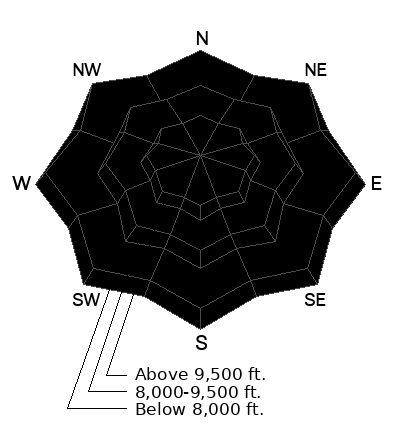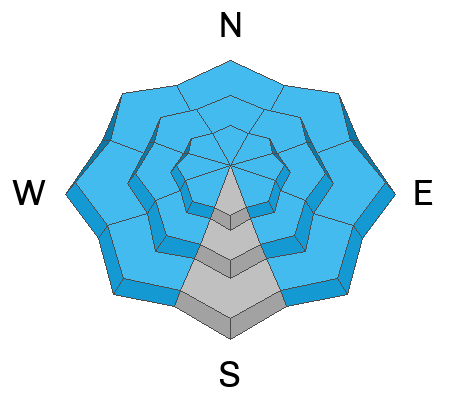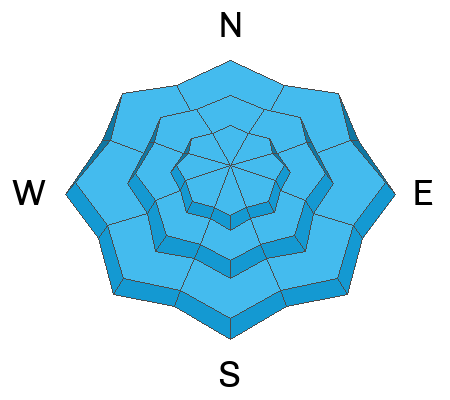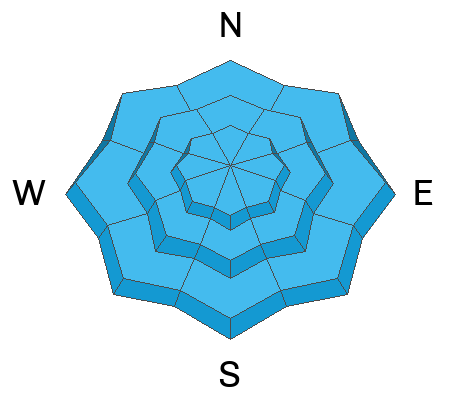Forecast for the Provo Area Mountains

Issued by Trent Meisenheimer on
Sunday morning, January 14, 2024
Sunday morning, January 14, 2024
THE AVALANCHE DANGER IS EXTREME, EXTRAORDINARILY DANGEROUS AVALANCHE CONDITIONS. NATURAL AND HUMAN-TRIGGERED AVALANCHES ARE CERTAIN. AVOID ALL AVALANCHE TERRAIN.
DEADLY AND DANGEROUS AVALANCHE CONDITIONS EXIST ON ALL ASPECTS AND ELEVATIONS.
DEADLY AND DANGEROUS AVALANCHE CONDITIONS EXIST ON ALL ASPECTS AND ELEVATIONS.

Low
Moderate
Considerable
High
Extreme
Learn how to read the forecast here









